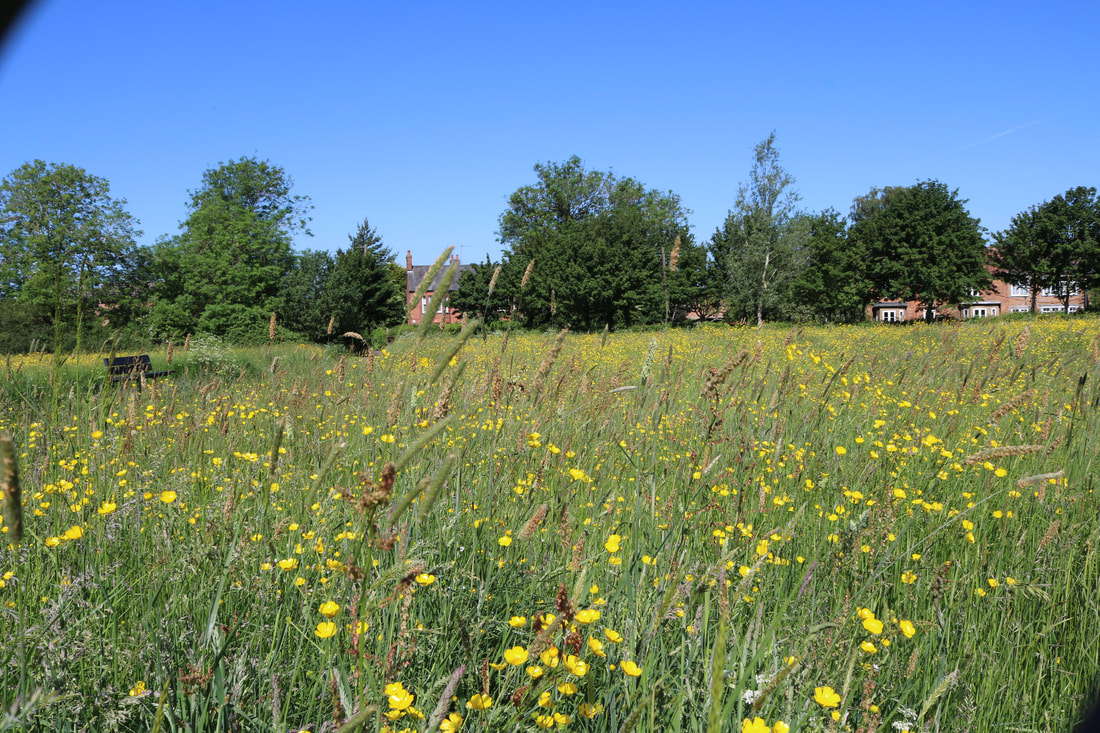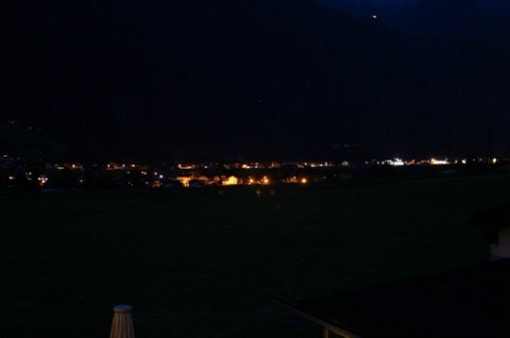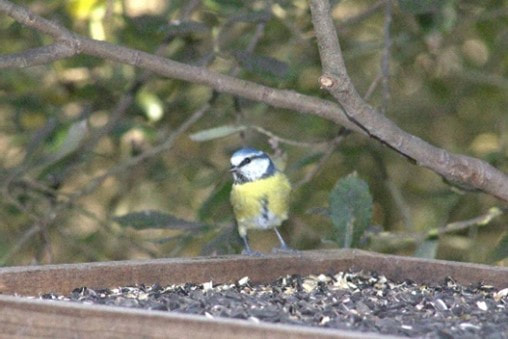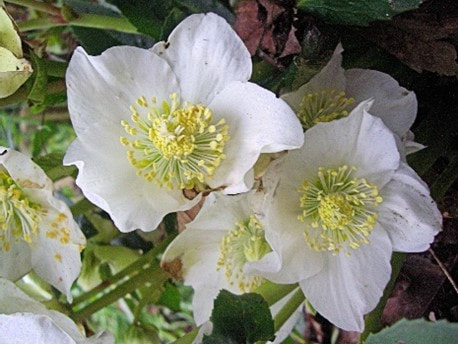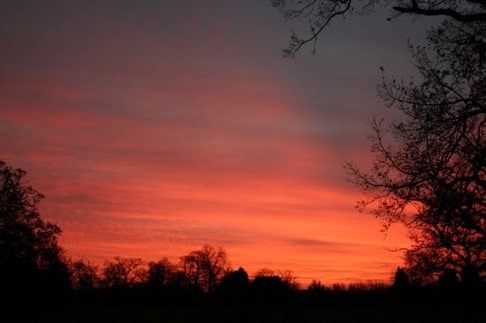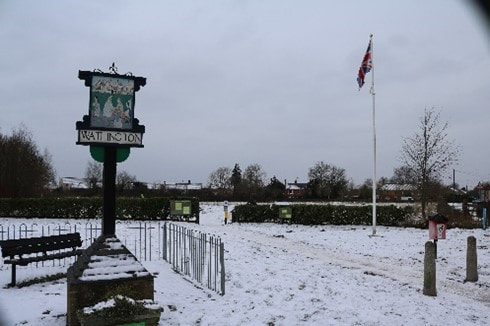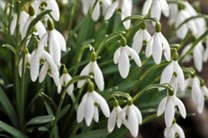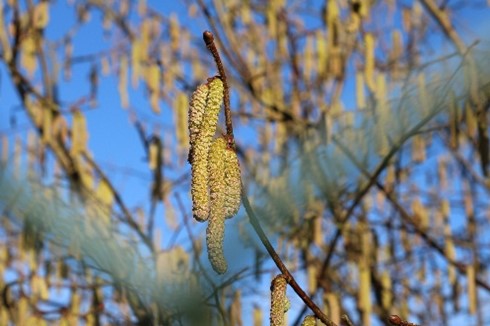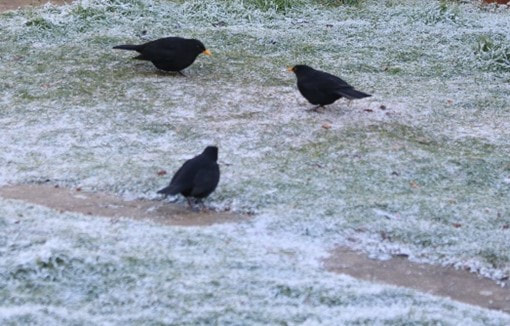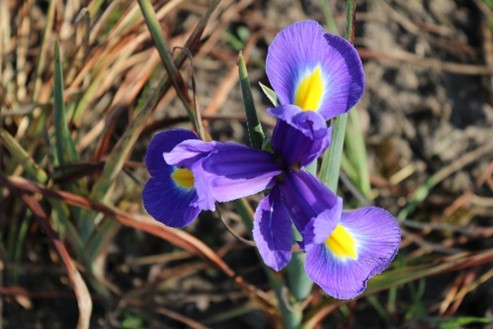Nature around Watlington
Something to look forward to. Buttercups everywhere.
Dark Nights Blue Tit Christmas Rose
December Look out for Long dark nights as we approach the shortest day on the 21st. Increasing numbers of birds coming to our bird tables and feeders. Christmas roses (Helleborus niger) in bloom in gardens and Holly full of red berries.
December Look out for Long dark nights as we approach the shortest day on the 21st. Increasing numbers of birds coming to our bird tables and feeders. Christmas roses (Helleborus niger) in bloom in gardens and Holly full of red berries.
Winter Sunset Snow Snowdrops
January Look out for beautiful winter sunsets and possibly some snow although hopefully not too much. Look out for Snowdrops and Aconites blooming in the gardens and woods.
January Look out for beautiful winter sunsets and possibly some snow although hopefully not too much. Look out for Snowdrops and Aconites blooming in the gardens and woods.
Hazel catkins Blackbirds feeding in the frost Iris stylosa
February Look out for catkins on the Hazel, Alder, Elm and Poplar trees. Look out for repeated frosty mornings. Look out for Iris stylosa (Algerian iris) in bloom and depending on the weather other plants beginning to show signs of growth.
February Look out for catkins on the Hazel, Alder, Elm and Poplar trees. Look out for repeated frosty mornings. Look out for Iris stylosa (Algerian iris) in bloom and depending on the weather other plants beginning to show signs of growth.
